Aerospace Company Archives Huge Cost Reduction Through 3D printing
Aerospace industry is increasingly turning to additive manufacturing // U.S.-based Agile Space Industries manufactures engine parts with the TruPrint 5000 // Saves up to 90 percent in material costs for expensive
specialty alloys
ARMINGTON, Conn., April 6, 2023 – The aerospace industry has long been alienated from 3D printing, because manufacturing innovations are under particularly high pressure for certification and justification. But since private players have sparked a new boom in satellites, landing shuttles and launch vehicles, there has been an increased competition for space. As a result, manufacturing costs are playing a greater role in the competition for lucrative contracts. To meet this challenge, Agile Space Industries is fully committed to material-saving additive manufacturing.
Market leader for moon landings
The company, based in Durango, Colorado, and Mount Pleasant, Pennsylvania, manufactures thrusters, among other things. These thrusters have combustion chambers that are used to align satellites, lift off rockets or gently touch down landing modules on the moon. Agile Space proudly calls itself the "market leader for moon landings.” Director of Additive Manufacturing at Agile Space Industries Kyle Metsger says, "Space is really all about weight reduction of highly complex parts with internal channels, exotic alloys, and short runs and one-offs. The perfect match with 3D printing! This realization has now caught on."
Optimal material utilization
According to Metsger, the final deciding factor for the breakthrough of additive manufacturing is the so-called buy-to-fly ratio. This ratio describes how much purchased material weight actually flies into space at the end of processing. And it's exactly at the optimum of 1:1 for 3D printing - printers only use as much alloy powder as is actually needed.
"In the past, when we made components from a blank - drilling, milling, turning - we might well end up sending only 500 grams of five kilograms of purchased niobium into space. The rest was waste," says Metzger. It is also expensive, because niobium 103 is a special, extremely heat-resistant alloy that costs up to $1,600 per kilogram.
TruPrint 5000 handles the boom
Agile Space Industries achieves its market success with the help of a TruPrint 1000, two TruPrint 2000s and the first TruPrint 5000 in the North America. "Function and certification tests are very time-consuming in our industry,” adds Metzger. “It is important for us to be faster than the competition here. That's why we need a supplier for our additive machines who is willing to experiment, and we're glad to have found TRUMPF here as a partner on equal footing."
The orders are not only becoming more, but also different: Agile Space Industries now also prints larger parts and entire component groups with the TruPrint 5000. This again saves on complexity and on weight and assembly costs. Metsger sums up his experience of the last few years: "Anyone who wants to be
successful in the space industry today has to manufacture additively. Everyone else will soon be left behind."



